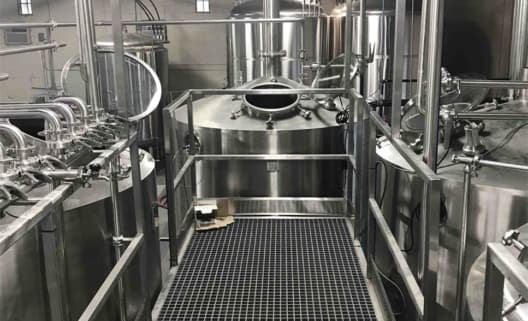Top Commercial Beer Brewing Equipment Brands Compared
What Is Commercial Beer Brewing Equipment?
Let’s start with the basics, shall we? Commercial beer brewing equipment is the backbone of any brewery operation. Whether you’re crafting a crisp lager or a hoppy IPA, the gear you use defines the consistency, scale, and quality of your beer. We’re not talking about homebrew kits here. This is the serious, industrial-grade setup used by microbreweries, brewpubs, and large-scale production facilities. Think stainless steel tanks taller than you, pipelines that look like they belong in a spaceship, and control panels that make you feel like you’re launching a rocket.
The primary goal of commercial beer brewing equipment is to handle large volumes efficiently without sacrificing flavor. It allows brewers to replicate recipes precisely, meet regulatory standards, and produce enough beer to meet demand. From mash tuns to fermentation tanks, each component is engineered for durability, scalability, and performance. It’s where science meets art—in a shiny, temperature-controlled vessel.
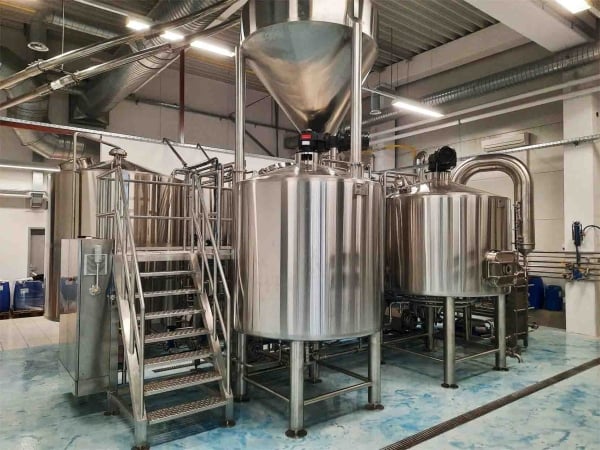
Types of Commercial Brewing Systems
When it comes to commercial brewing systems, one size does not fit all. The type of brewing system you choose depends on your production goals, space availability, and budget. Let’s explore the main categories.
1. Nano Brewing Systems
Perfect for small-scale operations or startups, nano breweries produce up to 3 barrels (roughly 93 gallons) per batch. They’re ideal for testing the market or brewing experimental batches. But keep in mind—they may not scale well if your brand takes off.
2. Microbrewery Systems
A step up in size, these systems usually produce between 3 to 15 barrels per batch. They strike a balance between capacity and flexibility, making them popular with local craft breweries.
3. Brewpub Systems
Often integrated into a restaurant setting, brewpubs brew on-site, usually in the 3-10 barrel range. The visual appeal of brewing equipment in a dining space adds to the ambiance, and fresh beer is always a draw.
4. Production Brewery Systems
Designed for volume, these systems can handle 30 barrels or more per batch. They’re built for efficiency and high output, with features like automated controls, steam heating, and sophisticated filtration.
5. Contract Brewing Facilities
These are often massive operations where multiple brands brew under one roof. Equipment here is state-of-the-art, with custom setups for various recipes and batch sizes.
Key Components of a Brewing System
To understand the heart of any commercial brewery, let’s dive into its essential parts. Each of these components has a critical role to play.
| Component | Purpose | Key Features |
|---|---|---|
| Mash Tun | Mixes milled grain with water to extract sugars (mashing) | Stainless steel, jacketed for temperature control |
| Lauter Tun | Separates the sweet wort from the spent grain | False bottom, sparging arms |
| Boil Kettle | Boils the wort and adds hops | Steam or electric heating, whirlpool capability |
| Whirlpool Tank | Separates hop particles and proteins from the wort | Tangential inlet, conical bottom |
| Fermentation Tanks | Where yeast is added and fermentation occurs | Temperature control, CIP (clean-in-place) systems |
| Brite Tanks | Clarifies and carbonates beer before packaging | Pressure-rated, sampling valves |
| Heat Exchanger | Rapidly cools wort post-boil | Plate or tube-in-tube design |
| Control Panel | Monitors and automates temperature, timing, etc. | PLC or touchscreen interfaces |
| Pumps & Piping | Move liquid between vessels | Sanitary design, stainless steel tubing |
Each component has its variations depending on system size and configuration. But when it comes to commercial brewing, precision and hygiene are everything.
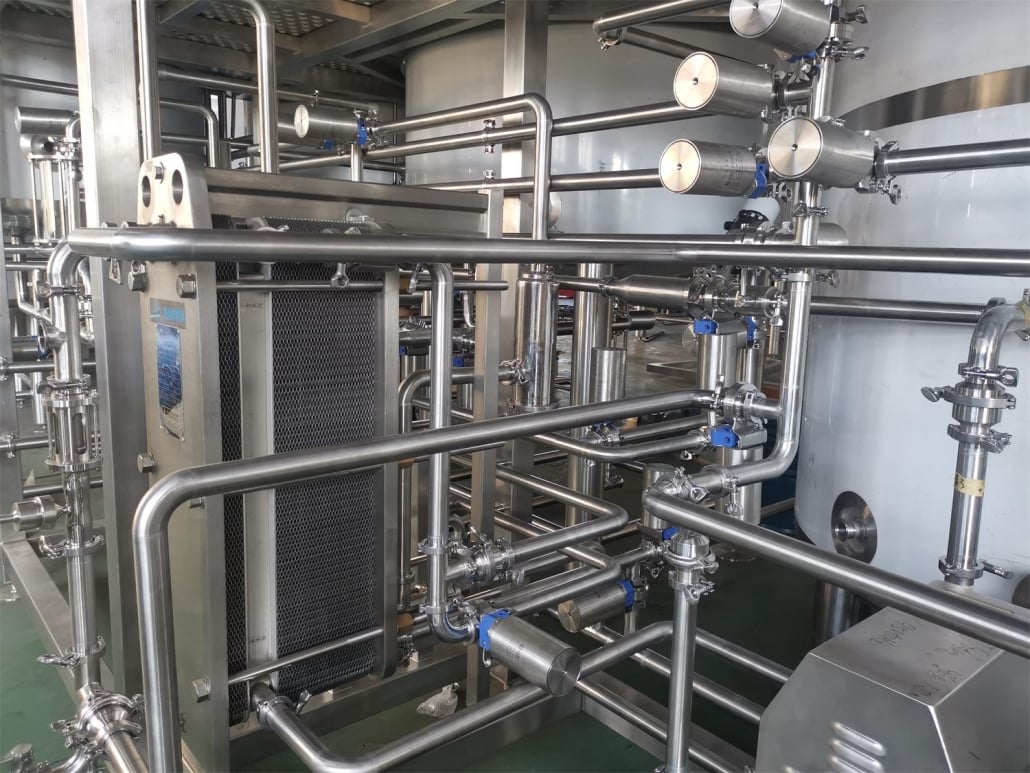
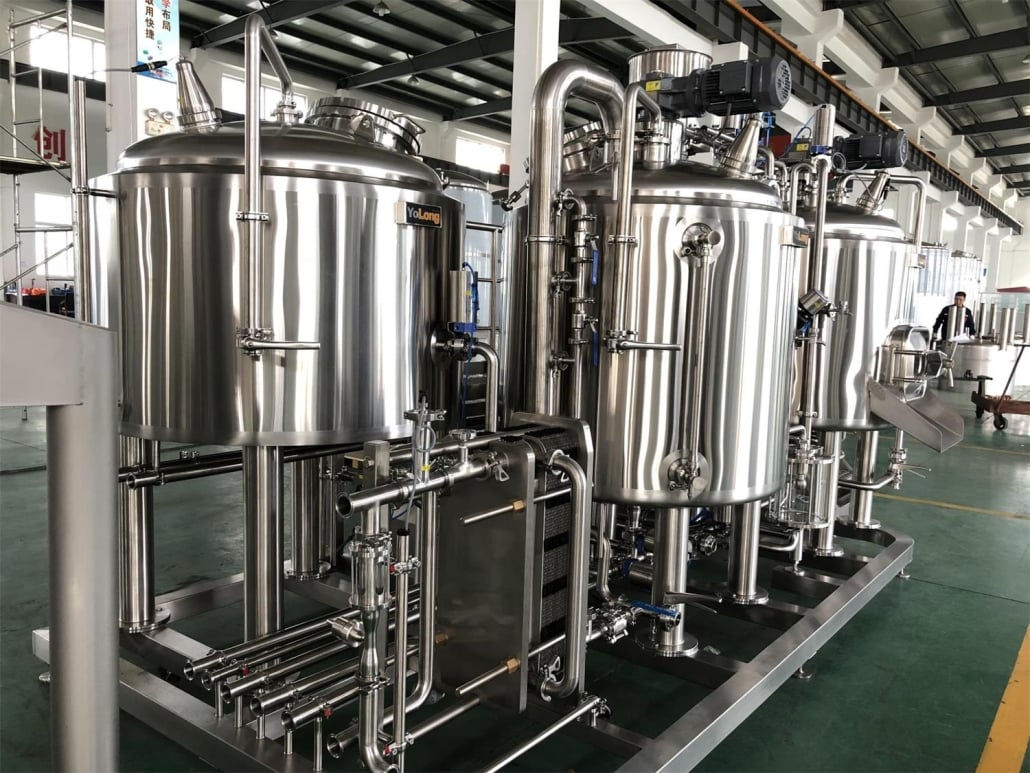

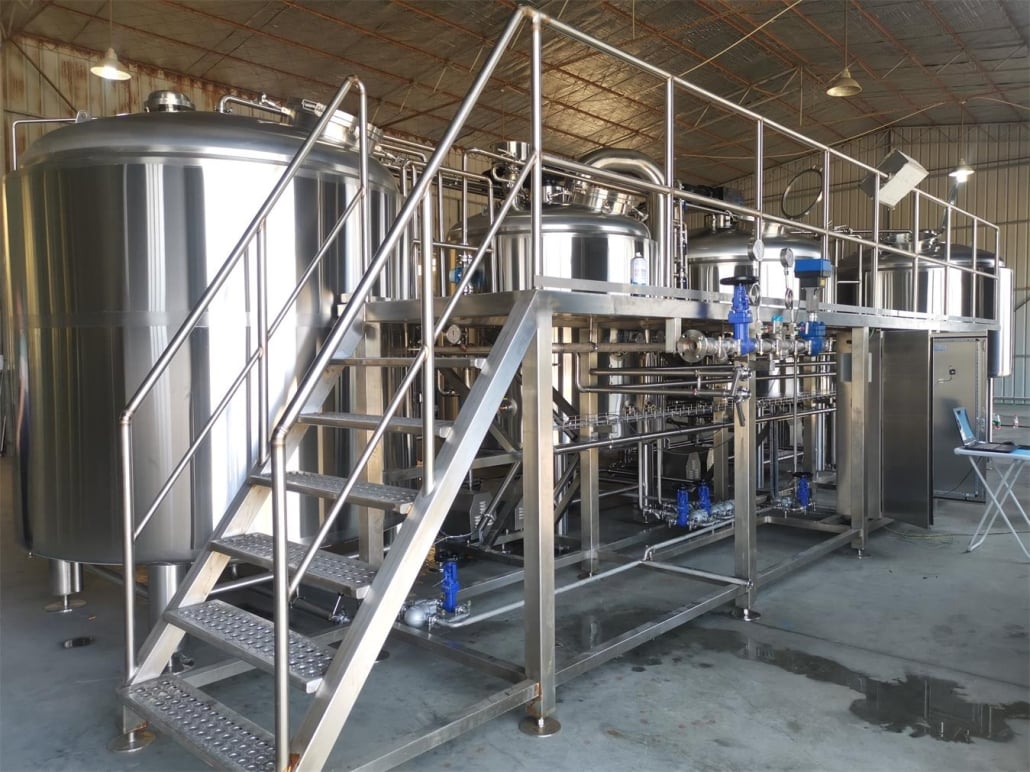
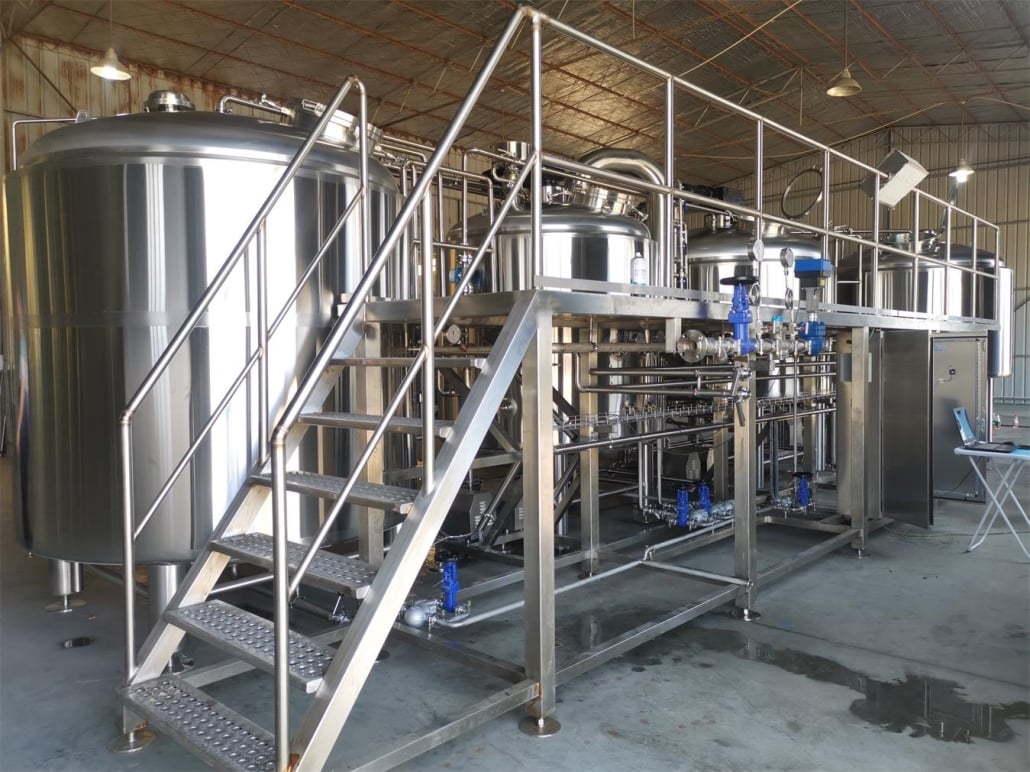
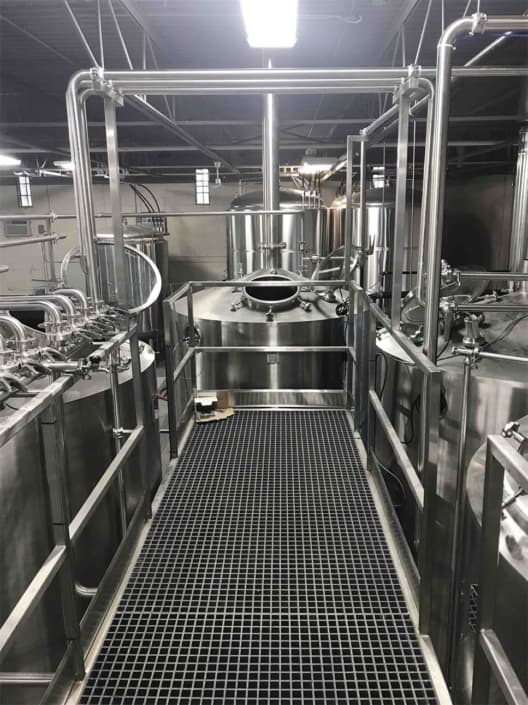
How to Choose the Right System for Your Brewery
Choosing the right commercial brewing system is like choosing a life partner. It has to align with your goals, scale with your ambitions, and not break the bank. Here’s what you need to consider:
1. Batch Size and Production Volume
Are you brewing for a small taproom or planning regional distribution? Your daily or weekly production target will dictate system size.
2. Space Constraints
You can dream big, but can your building support a 30-barrel brewhouse? Check ceiling heights, floor load capacity, and ventilation before ordering that shiny new fermenter.
3. Automation vs Manual
Manual systems cost less upfront but require more hands-on work. Automated systems save labor but come at a higher cost. Find your balance.
4. Energy and Utility Needs
Steam vs electric heating? How much water will you need daily? Factor in local utility costs and infrastructure.
5. Scalability
Choose a system you can expand. Modular designs let you add fermenters or upgrade the brewhouse without a full overhaul.
6. Budget and ROI
It’s not just about what you can afford now, but what will make sense long-term. A more efficient system might pay for itself faster in labor and ingredient savings.
Top Manufacturers of Commercial Beer Brewing Equipment
The brewing equipment market is as frothy as a freshly poured stout. Let’s break down some of the top names in the industry and what makes them stand out.
| Manufacturer | Country | Best Known For | Pros | Cons |
|---|---|---|---|---|
| Ss Brewtech | USA | High-end equipment for small and medium breweries | Durable, modular, stylish | Higher price point |
| BrewBilt | USA | American-made, full turnkey systems | Customizable, great customer service | Long lead times |
| Premier Stainless | USA | Mid to large-scale systems | Quality construction, widely used | Less focus on nano systems |
| JV Northwest (G&D Chillers) | USA | Chilling systems and tanks | Excellent cooling tech | Equipment costs can be high |
| Tiantai Brewing | China | Budget-friendly full systems | Affordable, reliable | Less premium feel, longer shipping |
| PSS Svendborg | Denmark | European brewing engineering | Precision, aesthetics | Higher shipping and taxes in USA |
Each of these players brings something unique to the keg. Whether it’s the affordability of Tiantai or the elegance of Ss Brewtech, the right match depends on your goals and budget.
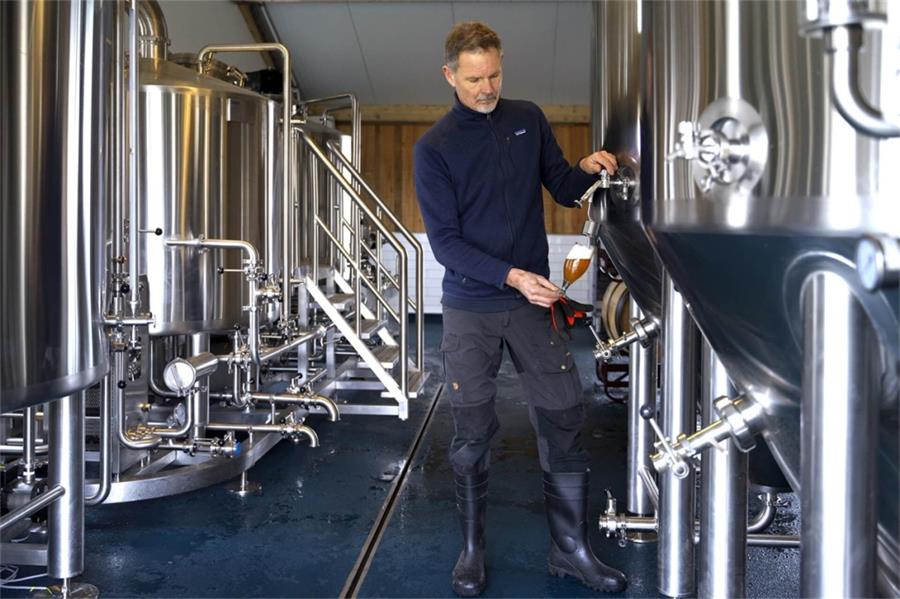
FAQs
| Question | Answer |
|---|---|
| What is the cost of commercial brewing equipment? | Prices range from $50,000 for nano systems to over $1 million for full-scale production setups. |
| How long does it take to set up a brewing system? | Typically 4-12 weeks after equipment delivery, depending on complexity and local inspections. |
| Can I finance brewing equipment? | Yes. Many manufacturers and third parties offer leasing or financing options tailored for breweries. |
| Is it better to buy used or new? | New systems offer warranties and support. Used systems are cheaper but may require more maintenance. |
| What certifications do I need? | Equipment should meet local health and safety codes, including NSF and UL standards in the US. |

